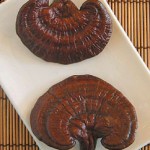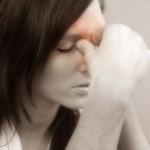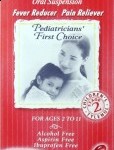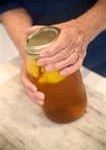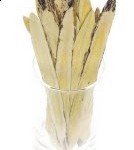Another Tai Chi study was just released and I couldn’t resist adding it here. I’m an avid Tai Chi fan and love to practice this slow, mental relaxation everyday. It’s a wonderful way to clear your head while relaxing and stimulating your body. It’s now also been proven to help those suffering from Osteoarthritis in the knee according to Tufts University School of Medicine in Boston, Massachusetts who just released results from their study.
After 40 patients completed twice weekly Tai Chi classes for 12 week, knee pain was significantly less in the Tai Chi group vs the control group. Additional benefits included, improved physical function, self-efficacy, depression and health status for knee OA were also significantly better in the Tai Chi group vs the control group and best of all no severe adverse events were observed.
"Tai Chi reduces pain and improves physical function, self-efficacy, depression, and health-related quality of life," the study authors wrote. Furthermore, the mental discipline of Tai Chi may minimize negative effects of chronic pain by improving psychological well-being, life satisfaction, and perceptions of health. If you have knee pain, find a class near you or even a video you follow at home. It’s not just your knees that will benefit from this ancient Chinese art form.





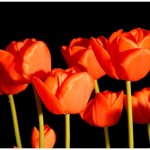 Botany of Desire
Botany of Desire